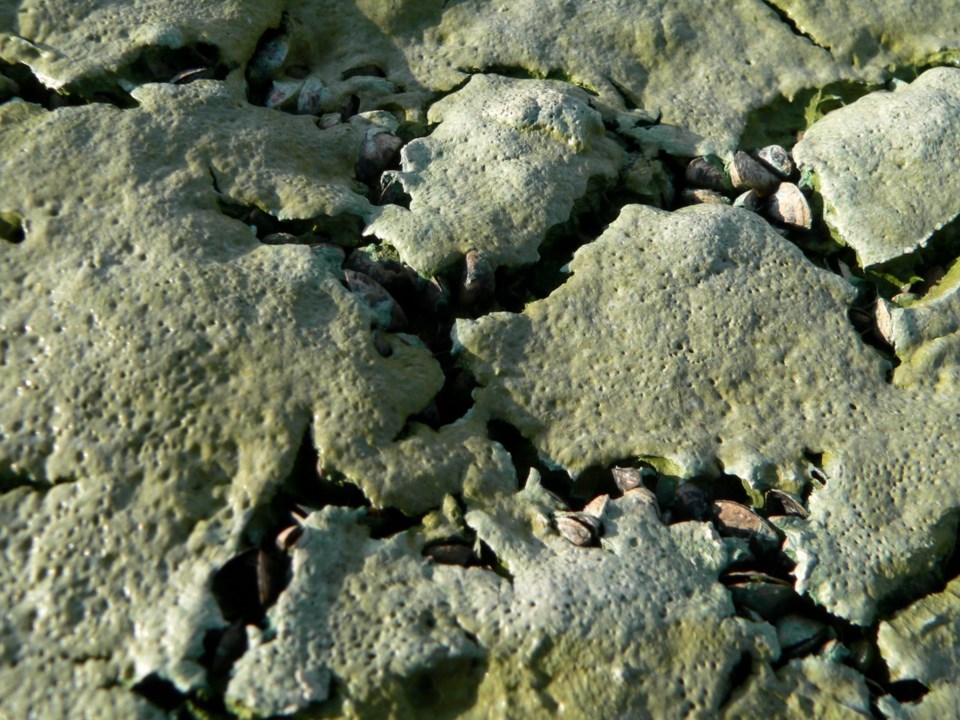NORTHWESTERN ONTARIO – After tests collected from water samples from the three locations, the Ministry of Environment, Conservation, and Parks has confirmed the presence of blue-green algae.
These locations are Lake Lulu, Mink Bay, and Black Sturgeon Lake along William Road.
NWHU advises that when blue-green algae blooms are present, it is important to avoid drinking the water, swimming in it, and using it for bathing or other household purposes for about 2 weeks after it has dissipated, regardless of the toxin analysis results. Blue-green algae can turn toxin production on and off in response to environmental conditions. Toxin analysis typically takes 4 to 5 business days and updates will be provided on the TBDHU website.
Additionally, a Blue-green algae bloom may affect the residential water treatment systems and not completely remove toxins. Do not boil the water, as this can cause an increase in toxin levels. Municipally treated water supplies can be used normally unless you are notified otherwise.
People and pets should avoid contact with contaminated water. If contact does occur, wash with soap and water or rinse thoroughly with clean water to remove algae.
It is recommended to wait at least two weeks after the bloom has disappeared before resuming the normal use of lake waters.
If you spot a bloom, report it to the Spills Action Centre at 1-866-MOETIPS (6638477). For more information on blue-green algae blooms, follow the links below:
- Information about Blue-Green Algae – Ministry of Environment
- https://www2.nwhu.on.ca/our-services/safe-drinking-water/reported-blue-green-algae-blooms/
If you have questions, please contact Northwestern Health Unit at 1-800-830-5978 to speak with a public health inspector.
